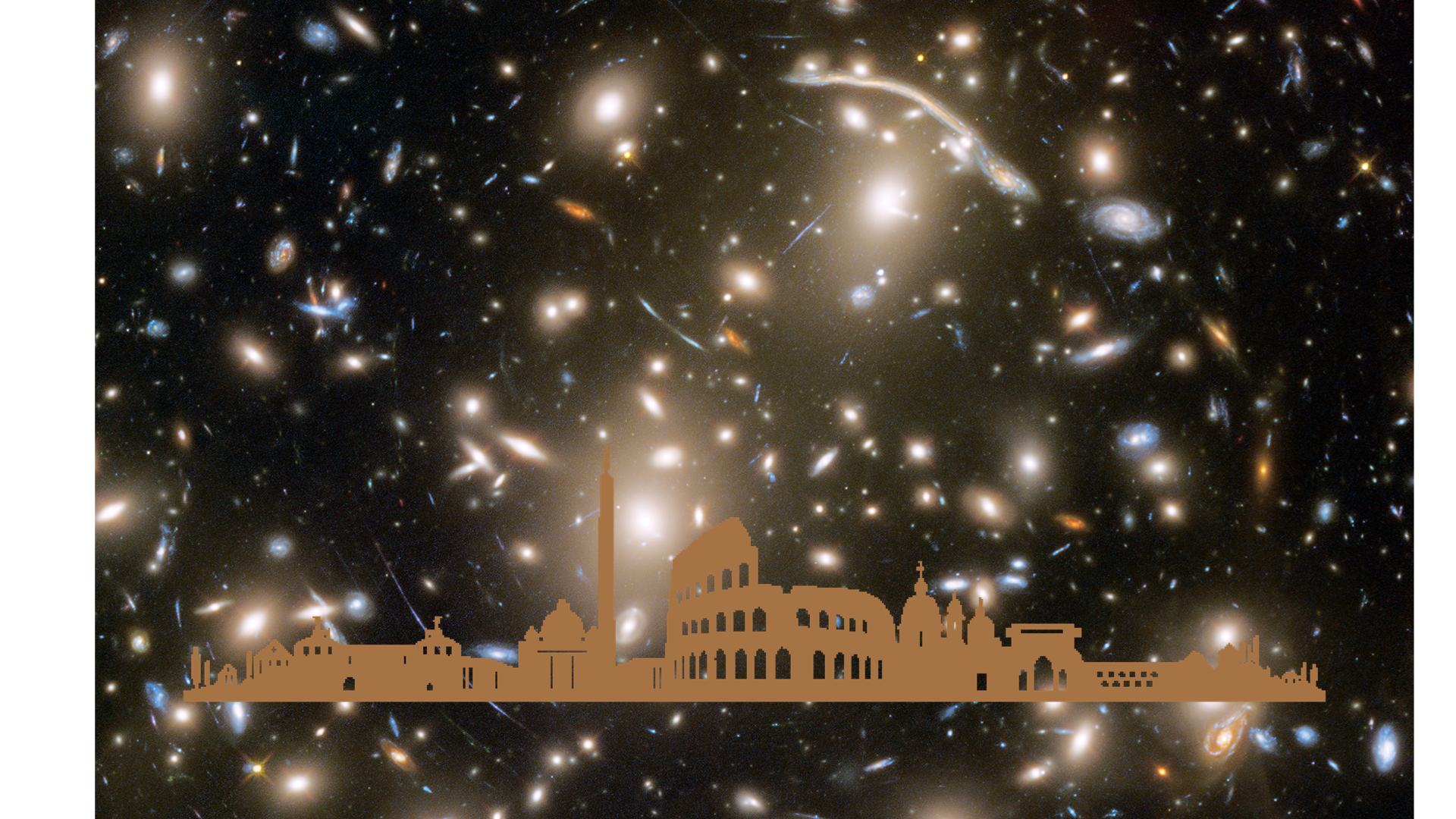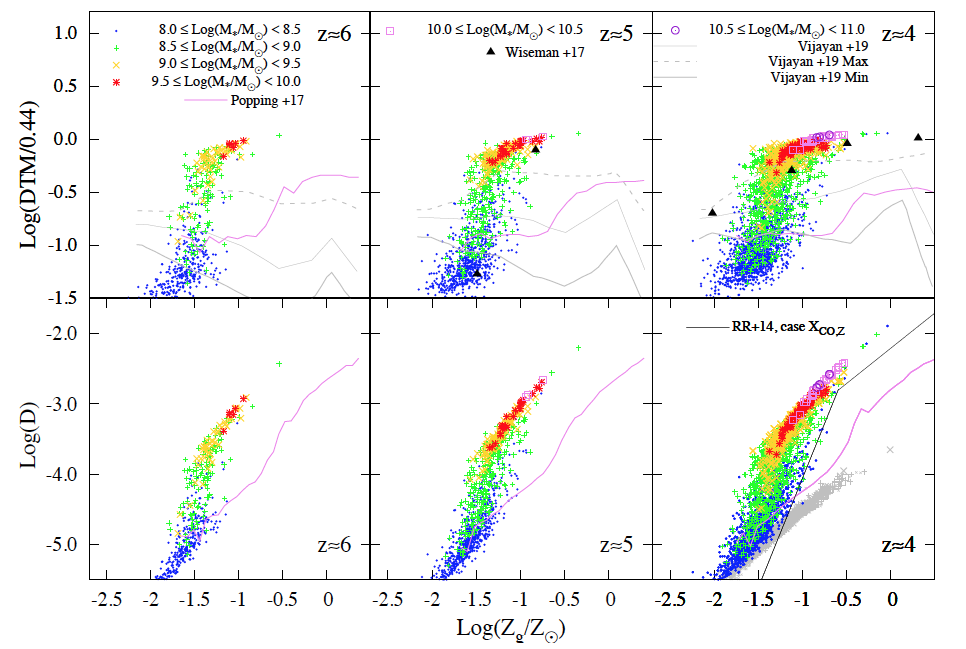Supervisor: Raffaella Schneider
Surveys of metal-poor stars in the halo and in the dwarf satellites of the Milky Way can provide interesting constraints on early chemical enrichment and low-metallicity star formation. A proper comparison between theoretical models and observation data must account for the complex interplay between radiative and chemical feedback effects that shape the evolution of the first stars and their transition to more evolved stellar populations. The aim of the proposed project is to investigate how first star formation and early chemical evolution is imprinted into the low-metallicity tail of the metallicity distribution function observed i the Galactic halo and in nearby dwarf spheroidal galaxies. To this aim we will use our semi-analytical models for early galaxy and black hole formation.

